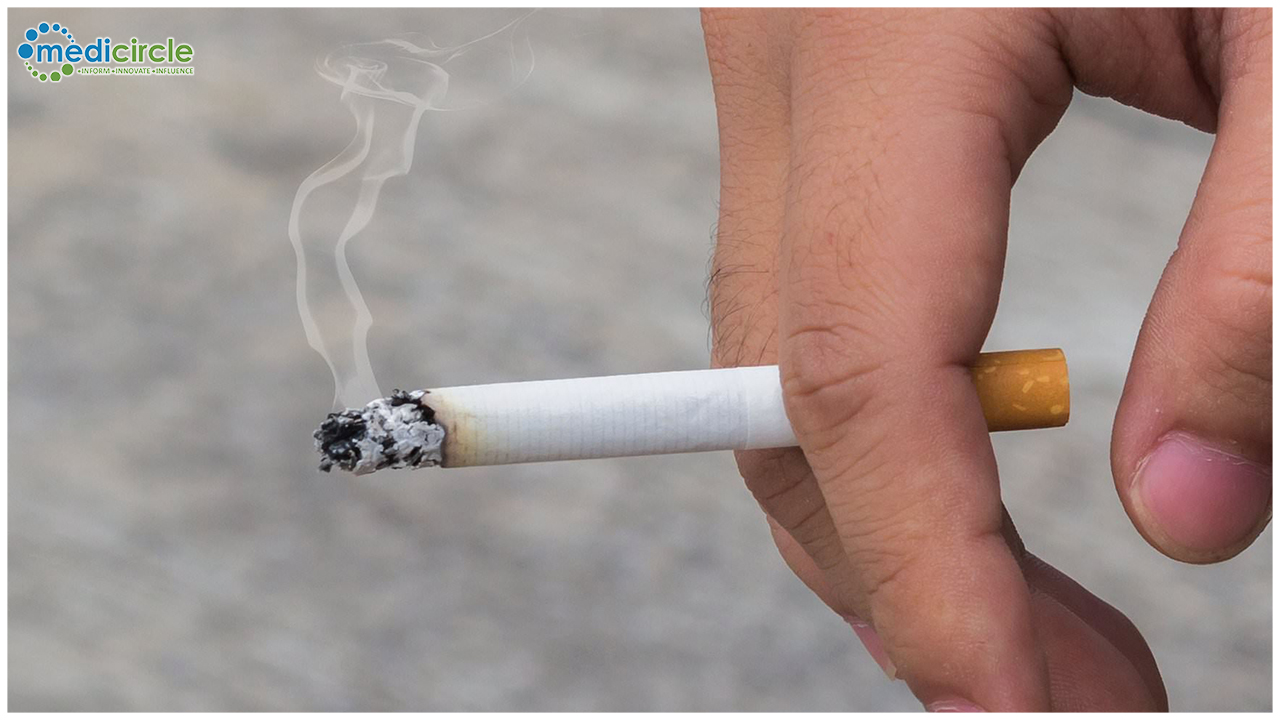Streaming services that are popular with teens and young people in India are flouting the nation’s regulations on exposure to tobacco imagery in any media platform, reveals an analysis of 10 on-demand streaming series, published online in the journal Tobacco Control.
The rules, which are designed to protect young people, should be more rigorously enforced, and the guidelines for the implementation of Article 13 of the WHO Framework Convention on Tobacco Control should be updated to include streaming services and other new media, conclude the researchers.
Almost 266 million people aged 15 and older use tobacco in India, and the resulting health problems are “substantial,” say the researchers.
In response, India has strengthened its tobacco control efforts, particularly in relation to teens and young people who are highly susceptible to the effects of tobacco imagery, by banning the advertising and promotion of all tobacco products in every media platform.
And since 2012, any film or TV programme containing tobacco imagery must include prominent audio-visual anti-tobacco health warnings for specified periods of time, irrespective of whether it’s produced in India or elsewhere.
On-demand streaming services, such as Netflix, YouTube, Hotstar and Amazon Prime Video, have become increasingly popular among young people in India. The researchers therefore wanted to find out how much tobacco imagery is present in streamed content and how well streaming services comply with Indian tobacco control regulations.
They held focus group discussions with school and college students, aged 15 to 24, in New Delhi, to find out which streaming services they used the most and what they watched.
Based on these discussions, the researchers came up with the 10 most popular series, comprising 188 episodes. All but two of the series were streamed on Netflix; the rest were streamed on Amazon Prime Video. Only two of the series were Indian productions.
The 10 series were: The Marvellous Mrs Maisel (rated 16+); Stranger Things (16+); Bodyguard (16+); Riverdale (13+); Narcos (16+); Sacred Games (18+); Mirzapur (18+); Chilling Adventures of Sabrina (16+); 13 Reasons Why (16+); and The Crown (16+).
The researchers used a validated method (Breathe California) to count the number of tobacco incidents in each series. Incidents were defined as the actual or implied use of a tobacco product by an actor.
The analysis showed that 70% of the series depicted tobacco incidents which ranged from zero to 1652 in The Marvellous Mrs Maisel. More than half of the total number of episodes (57.4%) contained at least one such incident.
Narcos contained 833 incidents; The Crown 599; Stranger Things 233; Chilling Adventures of Sabrina 171; Mirzapur 78; and Sacred Games 67.
The Marvellous Mrs Maisel (18 episodes over two seasons) had the highest average number of tobacco incidents (87.5) per episode for the entire series, followed by The Crown (20 episodes over two seasons) with 29, and Narcos (30 episodes over three seasons) with 26.5.
Indian productions contained fewer tobacco incidents per episode and per hour than those produced elsewhere.
Four out of the 10 series depicted tobacco brands, including Mayburn, Camel, Marlboro, Salem and Newport. All these series were foreign productions.
But none of the series that included tobacco incidents complied with the tobacco-free film and TV rules in India.
Their analysis suggests that the extent of tobacco imagery and brand placement in on-demand streaming service content in India is high, while compliance with the rules is low, say the researchers.
“There is no reason to expect that the effects of exposure to tobacco imagery in streaming shows should be any different than the effects of tobacco imagery in films,” they write.
“On-demand streaming content providers and governments should heed the lessons learnt from the film industry and apply the same rules to include tobacco imagery in the content available through on-demand streaming platforms,” they add.
And it’s clear that the legislation “is blatantly being violated in this new media, indicating the need for better enforcement of existing rules in India and updating the guidelines for implementation of Article 13 of the WHO Framework Convention on Tobacco Control,” they conclude.

 Stronger enforcement needed, while WHO guidelines should be updated, say researchers
Stronger enforcement needed, while WHO guidelines should be updated, say researchers











.jpeg)

.jpeg)
.jpeg)

.jpeg)


.jpeg)



.jpeg)
.jpeg)
.jpeg)


.jpg)


.jpeg)
.jpeg)